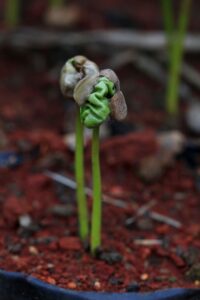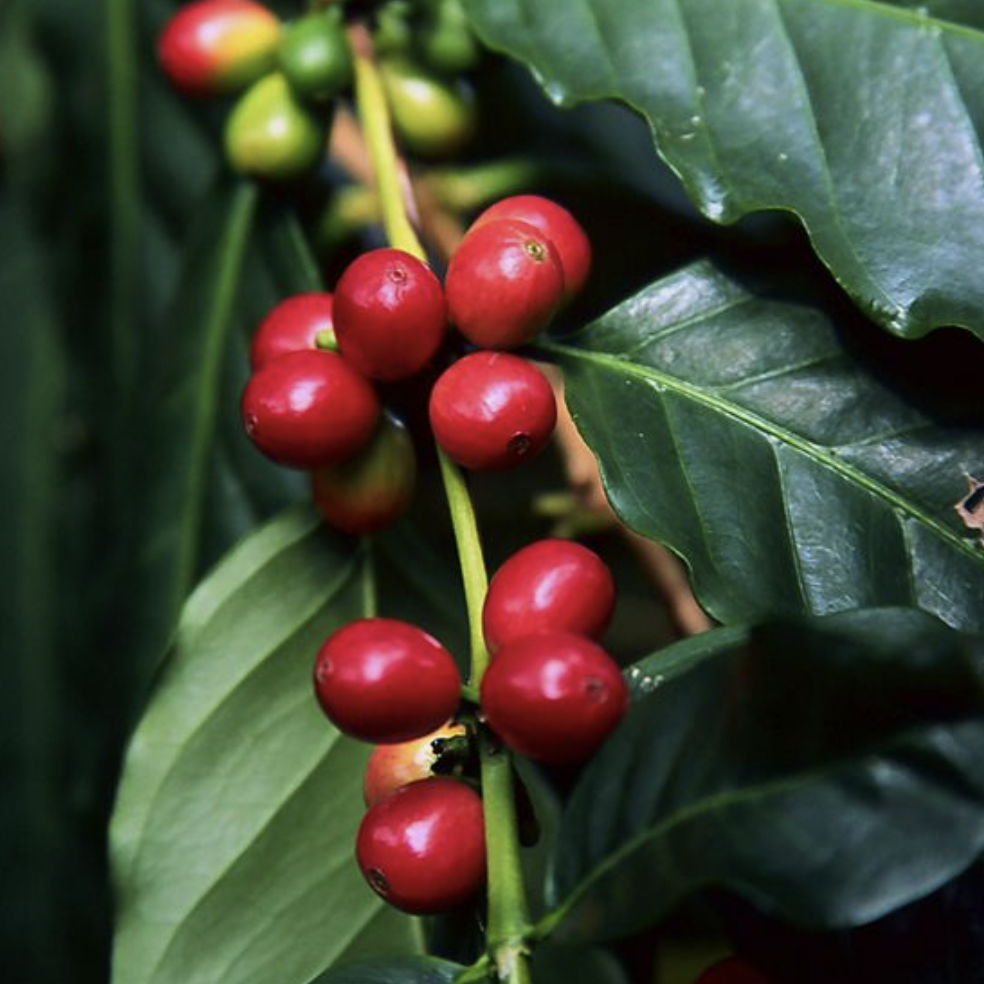Coffee Plant Care
Coffee plants are a popular choice for indoor gardening due to their attractive appearance and delicious coffee beans. However, it can be difficult to know exactly how to care for them. In this guide, we'll cover everything you need to know about coffee plant care to help your plants thrive.

Understanding Your Coffee Plant
Coffee plants belong to the Coffea genus and are native to tropical regions of Africa. There are over 100 species of coffee plants, but the two most commonly grown for coffee production are Coffea arabica and Coffea robusta.
It's important to understand the natural environment of coffee plants to know how to best care for them. In their native habitats, coffee plants grow in warm, moist climates with well-drained soil and plenty of shade. When grown indoors, it's important to recreate these conditions as closely as possible.
Light Requirements
Coffee plants require bright, indirect light to thrive. They do best near a window that gets bright, indirect light for most of the day. Avoid direct sunlight, as it can scorch the leaves. If you don't have a suitable window, you can also use grow lights.
Watering Requirements
Coffee plants need to be kept consistently moist, but not waterlogged. The soil should be allowed to dry out slightly between waterings, but never completely. Over-watering can lead to root rot, so be careful not to give your plant too much water.

Temperature and Humidity Requirements
Coffee plants prefer temperatures between 60-70°F and humidity levels of 50-70%. Keep your plant away from cold drafts and direct heat sources. If the air in your home is particularly dry, consider using a humidifier or placing a tray of water near the plant.
Soil Requirements
Coffee plants prefer well-draining soil that is high in organic matter. A good quality potting soil mixed with perlite or sand will provide the right balance of moisture and air.
Fertilizing Requirements
Coffee plants benefit from regular fertilization, especially during the growing season. Use a balanced, water-soluble fertilizer every 2-4 weeks, following the package instructions.
Pruning and Training
Pruning your coffee plant is important for promoting bushier growth and keeping it a manageable size. Prune your plant back by 1/3 to 1/2 every few months. You can also train your coffee plant to grow in a specific shape, such as a single stem or multiple branches, by tying the stems to a support and pruning as needed.

Common Problems
Coffee plants can be susceptible to a few common problems, including:
- Pests: Scale insects, spider mites, and mealybugs are the most common pests affecting coffee plants. Keep an eye out for signs of infestation, such as sticky leaves or discolored spots, and treat promptly with an insecticidal soap.
- Diseases: Root rot and powdery mildew are the most common diseases affecting coffee plants. Keep the soil well-drained and avoid over-watering to prevent root rot. Powdery mildew can be prevented by providing good air circulation and avoiding overhead watering.
- Yellow leaves: Yellow leaves can indicate a number of problems, including over-watering, under-watering, or a nutrient deficiency. Check the soil moisture, adjust your watering schedule, and fertilize regularly to resolve this issue.
Conclusion
With the right care, coffee plants can be a beautiful and rewarding addition to your indoor garden. By understanding their natural environment, light, watering, temperature, humidity, soil, and fertilizing requirements, you'll be able to provide the best possible care for your coffee plant. Regular pruning and training will also help keep your plant healthy and looking its best. If you encounter any common problems such as pests, diseases, or yellow leaves, take prompt action to resolve the issue. With proper care, you can enjoy a thriving coffee plant that produces delicious coffee beans for years to come.
Diagram: Coffee Plant Growth Cycle
As you can see in the diagram above, the growth cycle of a coffee plant starts with a seed and ends with the production of coffee beans. Understanding the different stages of growth will help you provide the right care at the right time.
In conclusion, coffee plant care requires a combination of the right environment, watering, fertilization, and pruning.
More interesting articles for your attention:
How to grow peaches from seeds?
